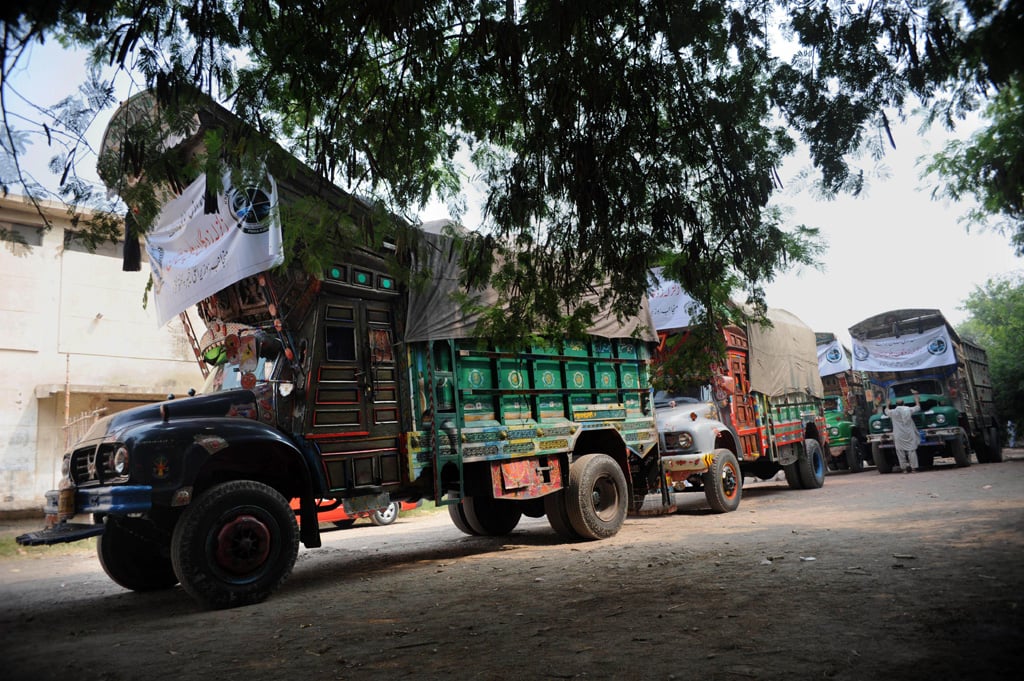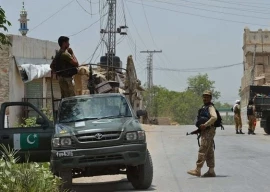
Terrorist attacks on relief convoys and threats to the security of personnel involved in the relief process have made authorities concerned to change their plan for formal damage assessment in Balochistan’s earthquake affected areas.
Deterred by security threats, very few non-governmental organisations (NGOs) and relief activists were available for carrying out the damage assessment program. But National Disaster Management Authority (NDMA) and other authorities concerned have devised an alternative plan.
“The army and Frontier Corps (FC) have been roped in to assist in the damage assessment program which is up and running,” said an official of NDMA who did not want to comment on the aspect of security.
NDMA spokesperson Brig Kamran Zia, who was present in Awaran, said the damage assessment activities or relief work were not affected at all by the security threats. “Due to the measures taken by army and the FC, both assessment and relief work was underway uninterrupted,” said the authority’s spokesperson.
State of damage
NDMA formally began its damage assessment exercise three days ago in the affected districts of Awaran, Kechh besides other areas. The assessment process was two-pronged. Besides damage assessment of government property such as schools, hospitals, government offices and other public installations, house-to-house assessment was also underway.
The NDMA spokesperson said the assessment of the government property was almost complete. However, he did not comment on the house-to-house damage assessment.
He said National Database and Registration Authority (NADRA) besides civil administration were involved in the house-to-house damage assessment. The registration authority would assist in ascertaining the overall death toll by ascertaining the details of every individual in the houses.
The latest death toll was 376, the NDMA spokesperson added.
He added that 40-50 percent of assessment of complete and partial damage was already completed.
Relief and Reconstruction
The NDMA spokesperson said that almost all hospital buildings in the Awaran and Kech districts were re-erected. Work in other areas was underway.
“The entire water supply scheme network remains to be rectified, although our assessments are almost complete. Some schemes have already been made functional,” said the NDMA spokesperson. After the completion of damage assessment, the reconstruction and rehabilitation will be carried out in two phases. The first would be early recovery, said Brig Zia, preparations for which were already in place. However, the second part of long-term reconstruction plan would be decided by the local government which was already working on it, added the spokesperson.
Published in The Express Tribune, October 7th, 2013.
COMMENTS (1)
Comments are moderated and generally will be posted if they are on-topic and not abusive.
For more information, please see our Comments FAQ
1719315628-0/BeFunky-collage-(8)1719315628-0-405x300.webp)


1731329418-0/BeFunky-collage-(39)1731329418-0-165x106.webp)













Great going! Keep it up!
These people have had several thousand years head start in comparison to real nations. And still live in mud huts. The reason is really really obvious but Im not allowed to say it out loud.